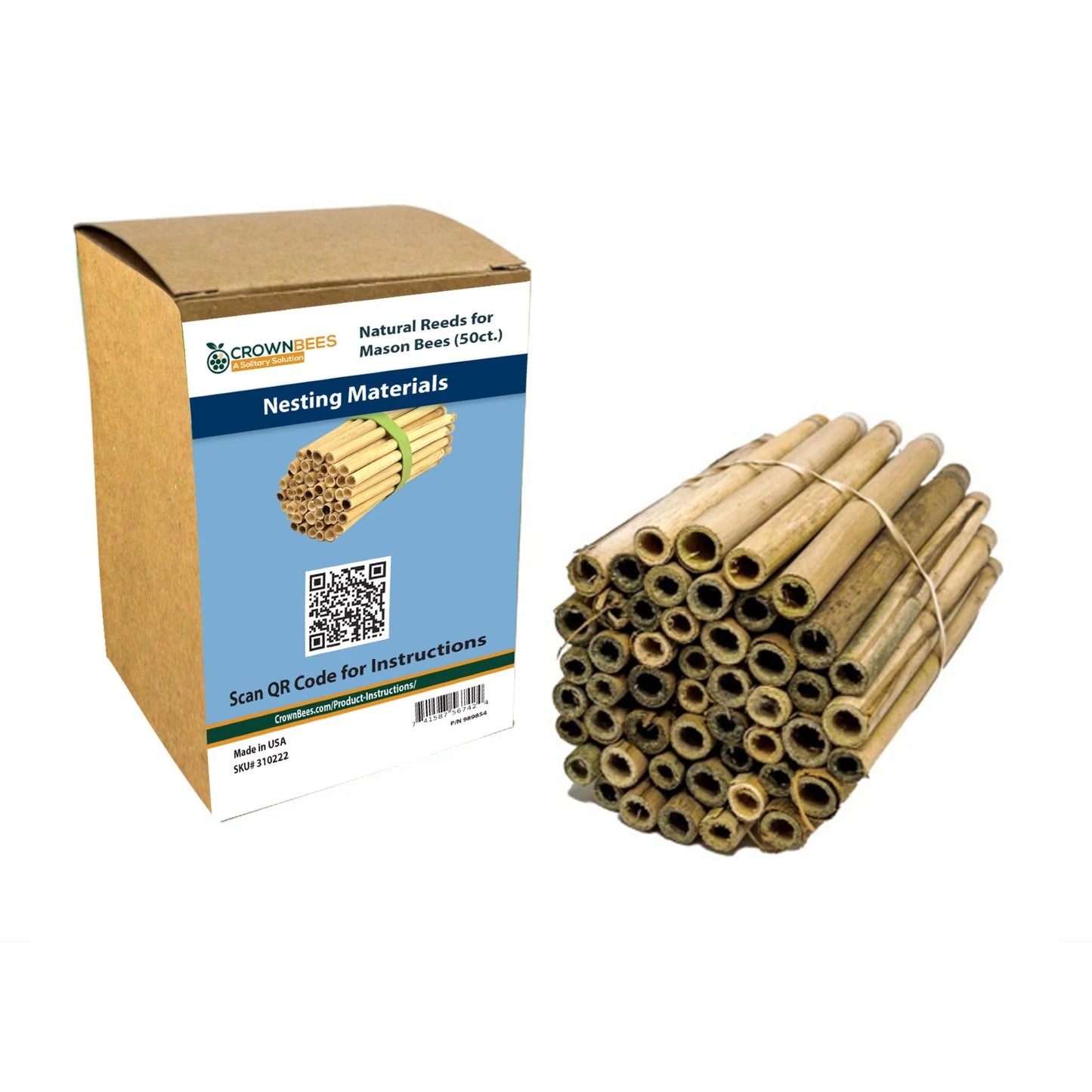
With the highly anticipated change in season comes all the signs of summer we have been waiting for. The urge to complete spring cleaning, fixing up the garden, opening the windows for the first time in months and the less enjoyable visitors – pests. With more and more knowledge about the importance of reducing chemicals in our home and the role insects play in our ecosystem, it’s easy to feel stuck between using chemical pesticides or living with unwanted pests in your home. The good news is, there are plenty of chemical free ways to prevent bugs from entering your space while remaining humane in the process.
Importance of Proper Pest Control
Aside from the obvious inconvenience of having unwanted visitors in your home, proper pest control is part of routine upkeep for homeowners. Knowing what your home warranty will and won't cover regarding damages made from pests is great information to have in your back pocket. Infestation damages made to your home as a result of pests will many times be overlooked due to lack of upkeep from the homeowner. In some cases, however, it may be covered in an effort to help manage and control the damage. By taking initiative to avoid this type of destruction to your home, you could save money and headache in the future.
Redirect Pests from the Start
The key to keeping insects out of your home is redirecting them from the start. By eliminating what attracts them to begin with, you’ll be able to drastically reduce the amount of mosquitoes, bugs, and other insects from entering your home. Keeping up on little chores such as vacuuming, mopping, and dish cleaning will eliminate sources that attract them. Wipe down your counters with a vinegar and water solution for a chemical free and effective way to deter different types of pests. Certain bugs, like ants, don’t like the smell of vinegar, so using a vinegar-based solution will remove the scent trails that lead them to your home. Additionally, make sure animal food and other non-refrigerated grocery items are properly sealed and covered, as this will play a helpful role in removing scent trails to the source.
Intentional Application Method
Typically, carpenter bees are the biggest concern homeowners deal with, which is why it’s important to be able to identify the signs of these types of bees. Doing so will allow you to adequately assess the damage being caused and how to redirect the bees without killing them off entirely. Generally speaking, carpenter bees make holes in wood for the female to lay eggs. A great way to fix this issue is to redirect carpenter bees and give them a safe and convenient place to use. Placing a wind chime near the hive, for example, will divert the bees from that area because the vibrations of the chimes are unappealing to them. Then, find a place for them to revert to. In that space pre-drill holes in wooden blocks for them to use to lay eggs.
When pesticides absolutely have to be considered, make sure non-toxic and rapidly degradable pesticides are being used. What solution you use and the application method are two important steps in the process, specifically for bees. For example, bees are especially attracted to blooming flowers. Avoiding application of pesticides to the blooms directly help prevent bee mortality. When applying spray, do so in the evening hours when bees and other insects have gone back to their hives and homes.


